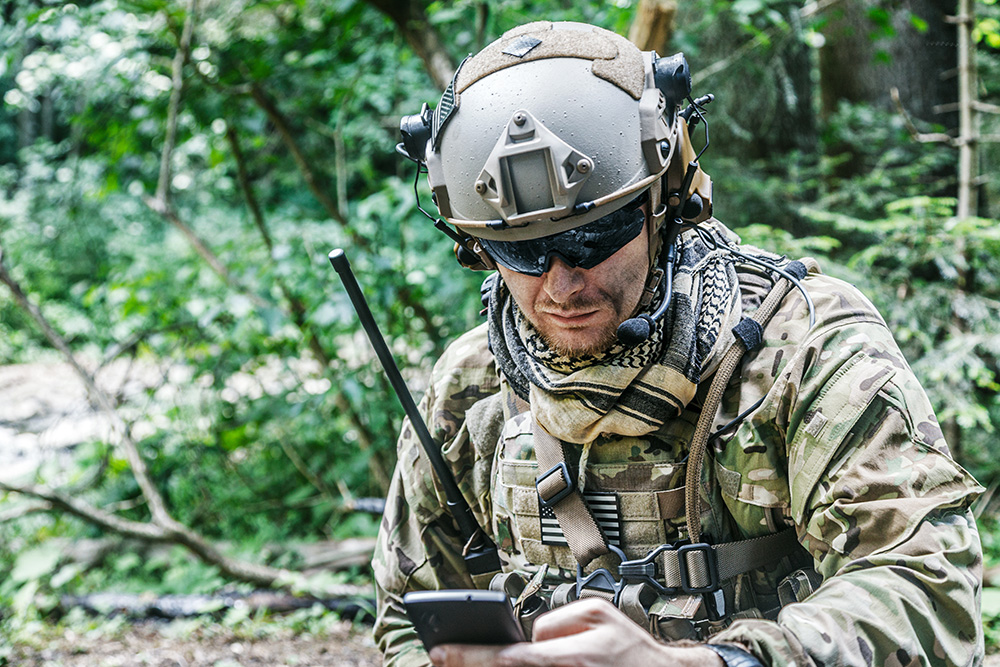Transforming Warfare in the Digital Age
In modern times, warfare has been radically transformed by technological advances and shifting geopolitical dynamics. One of the most significant changes is the increasing reliance on digital, cyber and technological capabilities. The technology of warfare has emerged as a key aspect, with states developing advanced tools to protect their digital infrastructures, potentially disrupting adversary systems and enabling the modern warfighter to engage the enemy from greater distances and protected locations. These developments highlight the critical importance of knowing how the network works in real time. Such awareness helps mitigate potential disruptions that could affect mission success or, more importantly, the protection of our warfighter.
Revolutionary military operations with advanced technologies
Additionally, the deployment of systems such as drones, autonomous vehicles, missile defense systems, and advanced terrain and target identification has revolutionized reconnaissance, surveillance, and combat operations. These technologies allow forces to gather information and conduct missions with minimal risk to human life. Precision-guided munitions and sophisticated targeting systems increase the accuracy and effectiveness of military strikes and reduce collateral damage. Network-oriented warfare, which focuses on integrating communications networks to enhance situational awareness and decision-making, has become a cornerstone of modern military strategy. These advances mark a broader trend of using technology to gain strategic advantage, making contemporary warfare more complex and multifaceted than ever before.
The impact of connectivity issues on military effectiveness and national security
However, the absence of accurate network information can significantly impair the connectivity needed for both warfighter effectiveness and governments’ national security postures. For warfighters, insufficient connectivity impedes communication with command centers and allied forces, resulting in delayed or incomplete transmission of critical information. This breakdown in communication can lead to incorrect decisions and reduced situational awareness, increasing risks to missions and personnel. The inability to access real-time information, such as drone feeds or satellite imagery, further limits the ability of warfighters to accurately assess threats and respond quickly. On a national scale, connectivity issues can seriously compromise defense strategies by disrupting coordination between military and intelligence agencies.
The Role of Network Assurance in Modern Defense Operations
This is why a local, air-gapped solution for securing the network plays a key role. Network security enables communication networks to function properly, reliably and resiliently. This helps maintain seamless connectivity and supports the advanced defense technologies and data-driven systems necessary to effectively detect and combat threats. With robust network security, teams can ensure warfighters have consistent and secure communication channels that enable them to execute missions with precision. Maintaining strong network security is vital—not only to warfighters’ operational success, but also to protecting national security interests.
Next steps
To learn more and see what makes Cisco Provider Connectivity Assurance different, click here.

Share:
